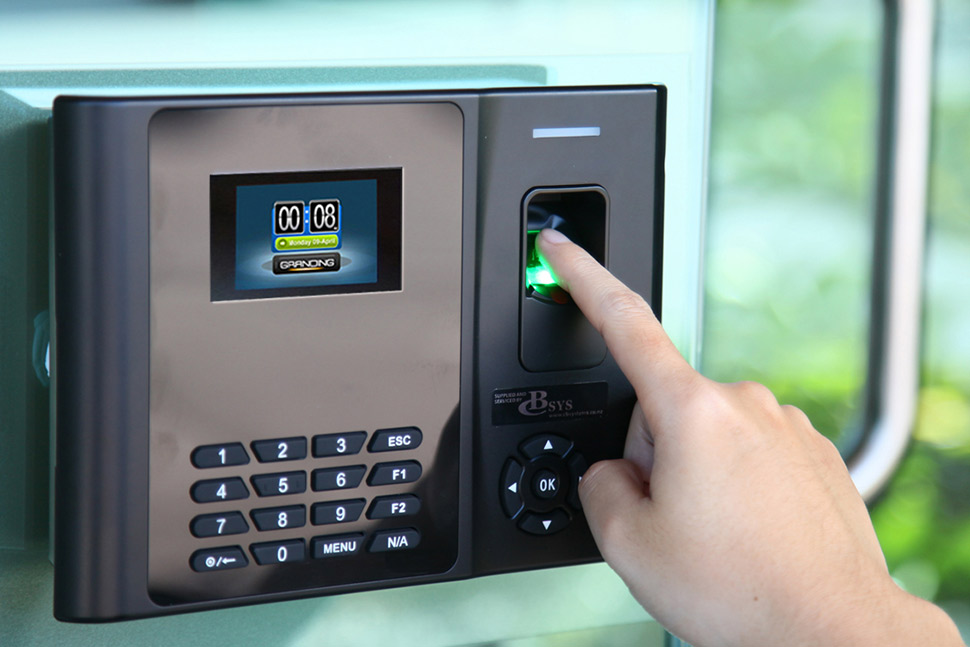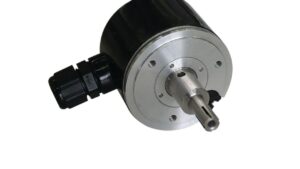The Top Features to Look for in Biometric Time Clock Systems

In an era where efficient time management and security are paramount for businesses, the adoption of new technologies is essential. One such element is the biometric system that streamlines the process of tracking employee hours. Besides, it also enhances security and reduces time theft.
Choosing the right biometric time clock system involves understanding the various features that can significantly impact employee experience and administrative efficiency. So, this blog outlines the key features to consider when selecting a biometric system.
Advanced Biometric Sensors
The core of any biometric time clock is its sensor technology. The most common types include fingerprint, facial recognition, and iris scanning. Each type furnishes different levels of security and convenience. For instance, fingerprint scanners are widely used because they balance cost and accuracy. However, facial recognition or iris scanning might be more reliable in environments where physical labour might wear down fingerprints. When evaluating biometric sensors, it is crucial to consider the environment and specific needs of the workplace.
Real-Time Data Synchronisation
A biometric time clock should be able to synchronise data with the central payroll and HR systems. This feature ensures that all time logs are updated instantly, reducing the possibility of errors and discrepancies. Real-time data access is crucial for HR managers to monitor attendance, plan shifts, and manage labour costs effectively. It also facilitates quick decision-making based on the most current data.
Integration Capabilities
Integration with existing HR and payroll procedures is another critical feature to look for. A biometric system seamlessly integrates with other software, reduces the need for manual data entry and minimises the risk of errors. It should support common platforms and standards for data exchange. Integration extends to mobile apps and cloud-based systems, allowing employees and managers to access time and attendance information on the go.
User-Friendly Interface
The usability of this biometric system is essential for both employees and administrators. Systems with an intuitive, easy-to-navigate interface can significantly enhance user adoption and reduce training period. The interface should display all necessary information and provide straightforward prompts to guide the user through clocking in and out. This ease of use improves the overall efficiency of the attendance management process.
Compliance and Reporting Features
Being in compliance with the country’s labour laws and industry regulations is a must. Look for a biometric time clock with features to help manage compliance issues, such as tracking overtime, breaks, and absence management. It should also offer comprehensive reporting capabilities that allow businesses to generate detailed reports for payroll, attendance, and compliance purposes. These reports should be customisable to fit the business’s specific requirements and provide insights into workforce management efficiency.
Robust Security Measures
Given the sensitive nature of biometric data, robust security features are imperative. It should employ advanced encryption methods to store and transmit data securely. Additionally, look for systems that provide multi-factor authentication and role-based access management to ensure that sensitive information is only accessible to authorised personnel. These security measures protect against data breaches, confidentiality, unauthorised access and maintain the integrity of employee information.
Durability and Reliability
The physical durability is essential in harsh working environments. The device should operate effectively in various conditions, including extreme temperatures, humidity, and exposure to dust and dirt. Reliability also pertains to the longevity of the system and its components. Opting for high-quality, well-constructed devices can reduce the frequency and costs of replacements and repairs.
Scalability
As businesses grow, their systems need to adapt. A scalable biometric system can handle increasing users and data without degradation in performance. This feature is necessary for businesses expecting to expand or those with seasonal fluctuations in workforce size. Scalability ensures that the system will continue to meet the organisation’s needs without requiring a complete overhaul.
Selecting the right biometric time clock involves careful consideration of various features that impact functionality, security, and user experience. By prioritising these features, businesses can ensure they choose a system that satisfies their current needs and adapts to future demands.







